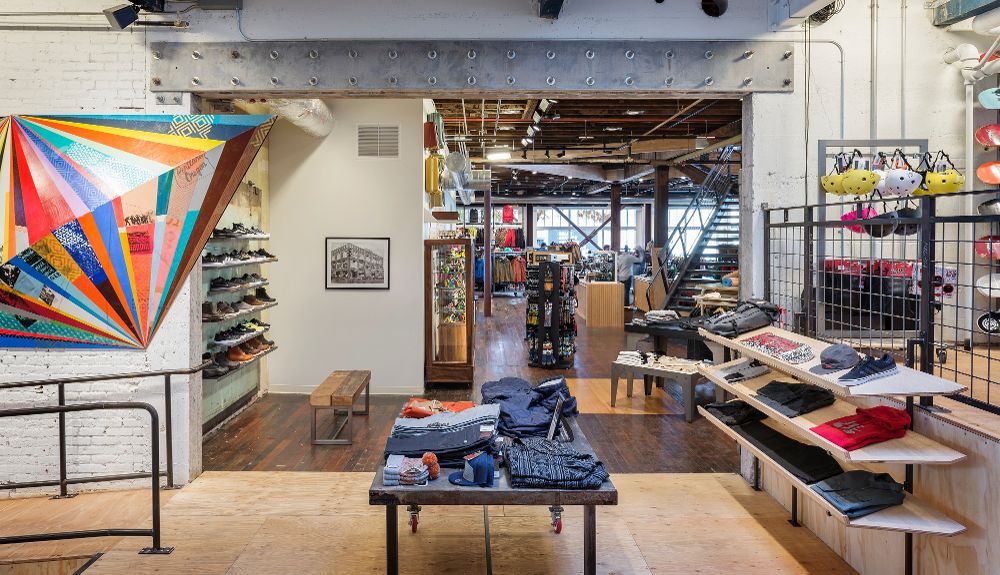How To Successfully Advertise Within A Retail Space

When considering the responsibility of advertising your retail business, it is important to keep in mind that one of your most valuable advertorial assets is the shop space itself. In-store advertising offers great potential for brand messaging and can be curated in a number of ways. Despite this, a number of retailers fail to take advantage of their commercial brick and mortar estate.
Not only can in-store advertising effectively promote upcoming events, offers, and services, but it can also reach customers at the point of sale too, increasing spend per head and benefitting word of mouth. With certain designs, retailers can even pinpoint specific demographics of shoppers too. These advantages, however, must be understood and implemented within specific design rules, or else fall into the trap of retail space ‘noise’.
To help you avoid advertising noise, that which prompts the consumer to entirely lose interest in, here are some of the most important rules to consider.
Support Each Message
Effective advertising is being able to clearly deliver your message to an audience and have them understand it without issue. If your advertisement is unclear or a part of in store clutter, it is unlikely to reach its mark. Instead, each poster and pamphlet should have its own platform, because if the message is important enough, then it deserves a spotlight.
To achieve this, a retailer should invest in high-quality displays and stand offs. Doing so will not only emphasise and clarify your message but will also support its quality. Customers have a keen eye for detail, whether they realise it or not, which is why every aspect of your displays should be scrutinised.
Staff Dialogue
Occasionally, customers will be blinkered. Shopping, especially in a new retail space, can be overwhelming and, when only a specific item is identified, their vision will remain focussed. What remains the most effective way to undo this, is to have staff carefully interact with customers and ensure that they are comfortable.
The caveat here is that overly forward dialogue, especially if customers are suspicious of being advertised too, is often ineffective. Instead, staff members should remain casual and friendly, emphasising the messages that they believe will benefit the customer.
Retail Design
Every store layout has an optimum design. Specific areas will be more appropriate for advertising, just as they are for shelving and breathing space. It is paramount that a retailer identifies these areas, or creates them with lighting and retail furniture, and then uses them appropriately for advertising. Posters, for example, that remain in dark areas will not be as effective.
Interactive Advertising
As stores become more digitised, customers are more likely to face opportunities to choose their own advertising. For example, if your store offers self-service checkouts or sign-up points, these opportunities can become effective ways to reach specific customers and build a profile of their preferences. More customers are choosing to support personalised retail experiences, wanting to see the products and advertisements that are specific to them and, as they do, such digital advertisements become more effective in-store.
Lighting can play an important role in your store. To learn more on how lighting can affect your customers in your store, please see the resource below.
Provided by Dubak Electrical Group – expert industrial electrical contractors











